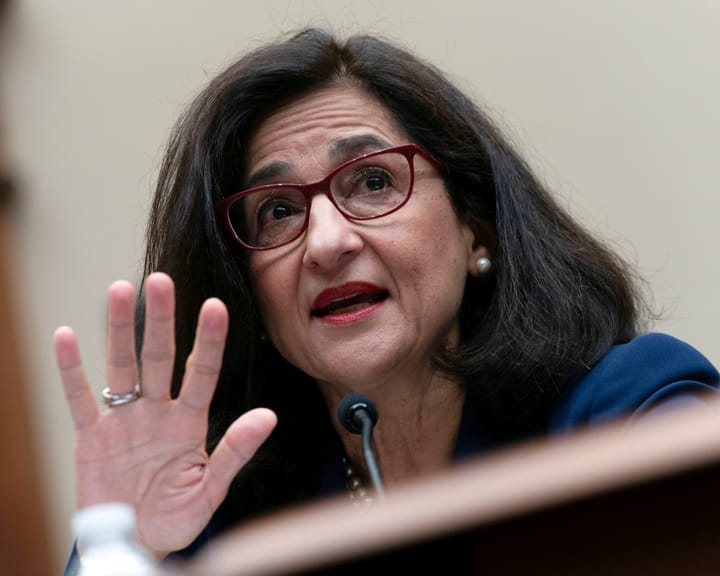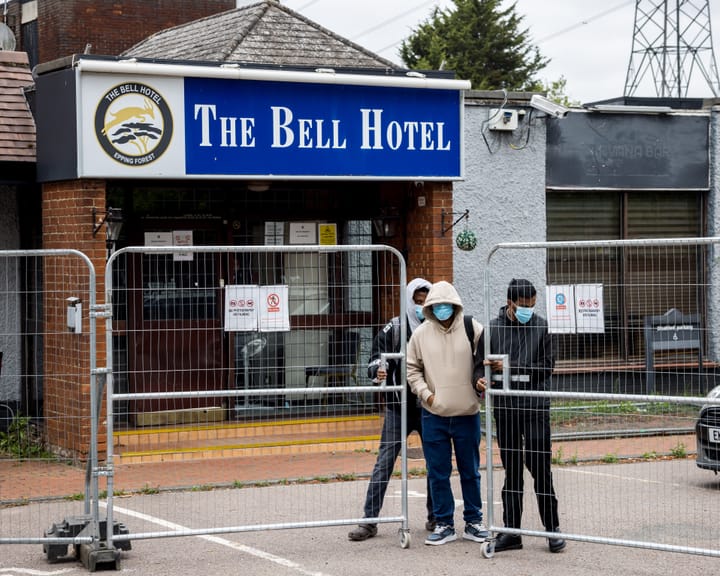How does the UK general election function?
The House of Commons serves as Britain's primary lawmaking body, with an unelected counterpart in the form of the House of Lords. This legislative assembly comprises 650 members, each representing a geographically-defined constituency of similar population.
In every constituency, the individual who secures the highest vote count is declared victorious. There's no requirement to secure more than half the votes cast; hence, voters whose preferences lie elsewhere effectively forfeit their votes in this system known as first-past-the-post voting.
The House of Commons also holds responsibility for nominating the Prime Minister. Tradition dictates that the reigning monarch invites the leader of the largest political party to form a government, provided they secure majority support from Members of Parliament (MPs). This can be achieved if leading a dominant political party or garnering backing from others in the legislature.
A majority necessitates 326 MPs - half of all seats plus one; however, certain members – including the Speaker and their deputies as well as Members of Sinn Féin – typically abstain from voting, reducing the needed majority to nearly 50% of total seats.
The Press Association provides these results.
Following the 2019 election, a boundary review has taken place, resulting in most contests taking place within newly drawn constituencies. Consequently, for approximately 573 seats that have undergone this change, we utilize data from modelled estimates to reflect how these new constituencies would have voted during the same period if they had existed then. This predictive information is based on research conducted by Colin Rallings, Michael Thrasher, David Denver and Nicholas Whyte, who amalgamated previous election results with present boundaries.
For 77 unchanged constituencies from the last election cycle, a direct comparison of outcomes between that time and now is presented.
The total number of seats allocated per country has altered as a result of this boundary review, with England gaining an additional ten seats (now at 543), Scotland losing two (down to 57), Wales seeing eight fewer seats (down to 32) and Northern Ireland remaining steady.
Sitting parties
A constituency's sitting party refers to the political entity that prevailed in the modelled 2019 election results for newly created constituencies, as well as the party of the elected member at dissolution time if the seat was unchanged from the previous elections. If there have been boundary changes and consequent byelections or a change of allegiance within an MP's tenure in these constituencies, this would be reflected in both localized results and national totals.
Vote shares
The vote share data is based on modelled 2019 outcomes for seats with altered boundaries, alongside the actual historical results from the previous election cycle for unchanged constituencies. The seat's change figures are calculated against its modelled outcome in 2019 or, alternatively, against the past election results if it remained the same.
Other notes
The approach taken here may differ slightly from broadcasters’ methods which could lead to minor discrepancies when comparing party seat changes and individual constituency shifts. If re-elected, the Speaker's constituency of Chorley will be counted as a Labour Party seat total. The “proportional view” map is an example of cartography that assigns equal size and influence to each constituency irrespective of its geographical location within a region or country – hence altering how densely populated areas like London appear in relation to the rest of the nation on such maps.
Read next

"Starmer appoints ex-Bank deputy governor as top economic advisor"
Minouche Shafik to Become Keir Starmer’s Chief Economic Adviser
Former Bank of England deputy governor Minouche Shafik is expected to join Keir Starmer’s team as his chief economic adviser.
Her appointment comes as the prime minister’s office prepares for the autumn budget, following Shafik’s recent leadership

"Home Office wins appeal allowing asylum seekers to stay at Epping hotel"
The appeals court has determined that the injunction issued by the high court should not have been approved.
Those involved acknowledge they have become part of a broader discussion about how asylum seekers are managed and urge the public to recognize that the Bell hotel was only fulfilling a government-mandated

"Scottish Greens' new leaders push for universal income and free bus fares"
Scottish Greens' new leaders, Ross Greer and Gillian Mackay, have pledged to advocate for a universal income, free bus travel, and increased taxes on high earners following a subdued leadership race.
Greer and Mackay, previously backbench MSPs at Holyrood, were elected co-conveners of the Scottish Greens with a notably

